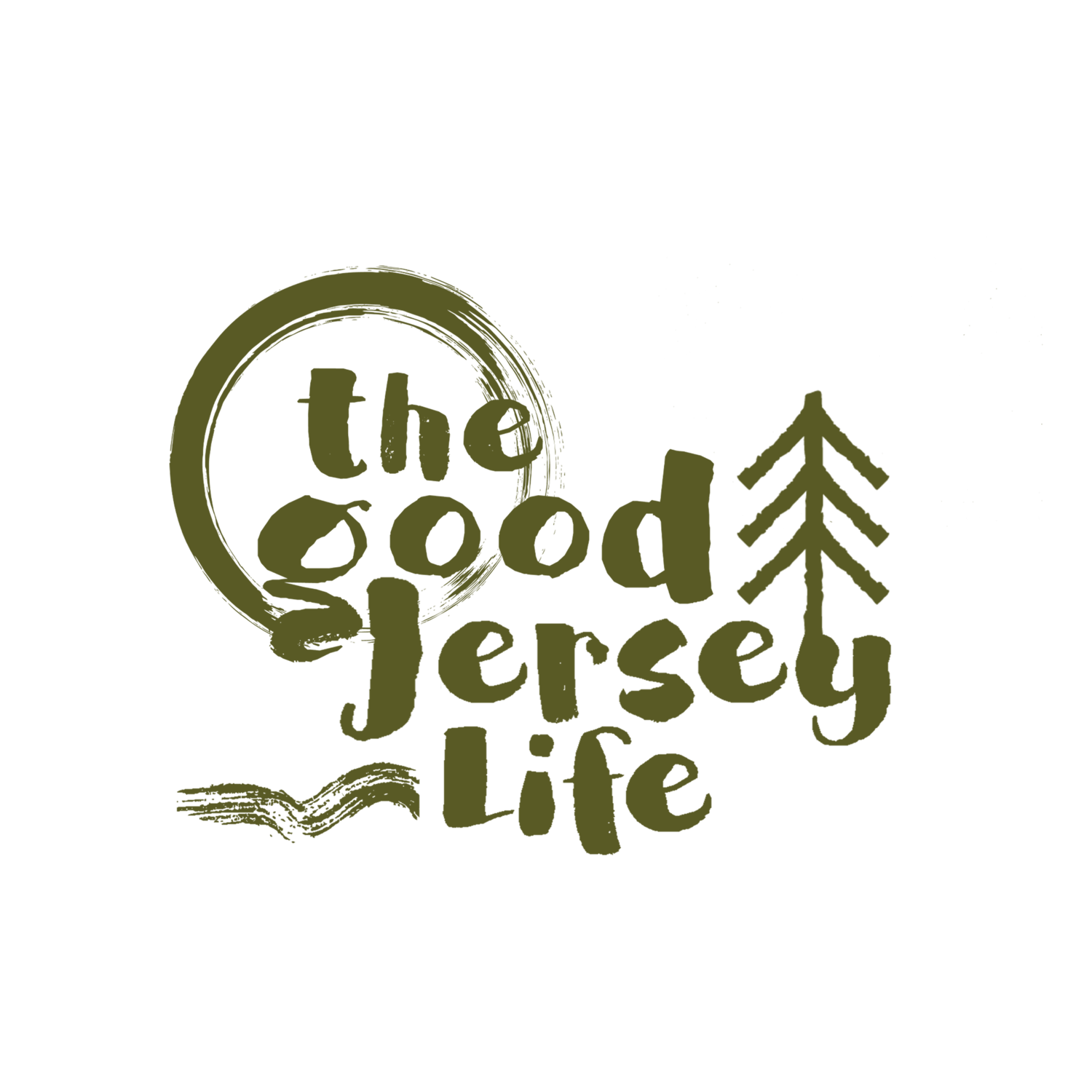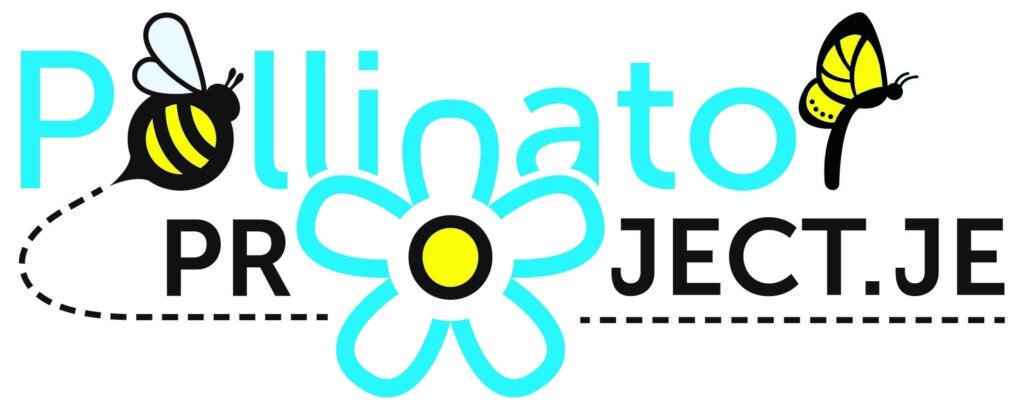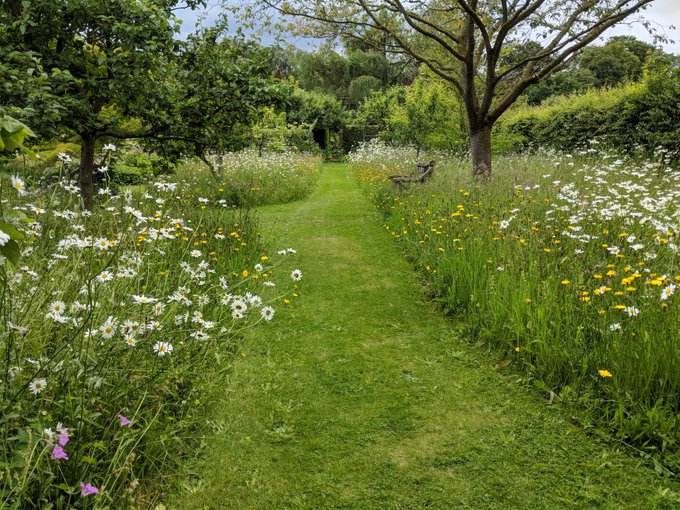Come join in with a Community Food Wood?
I have two lasting memories from the early months of the pandemic; the palpable worry over food security and the uprising of an immense community spirit. I am currently working on a project that hopes to harness both.
The National Trust for Jersey - Brook Farm
On the outskirts of Maufant village lies the National Trust for Jersey (“NTJ”) property Brook Farm; a Victorian farm complex which was bequeathed to NTJ by the late Edward le Geyt. The property in Rue du Sargent had been in his wife’s family, the Olliveros, for successive generations, but had decreased in size when land was sold to create the Maufant village development.
Site of the proposed Brook Farm Community Food Wood
Directly in front of the farmhouse is a small triangular field and the hope is to create a Community Food Wood in this space. A Community Food Wood is a single piece of land which is gardened collectively by the community, focussing on fruit and nut trees, but underplanted with fruit bushes, and again with pollinator friendly flowers and herbs. A food wood can contribute to a sense of community, provides fresh produce and connects individuals to nature and the local environment.
At the moment the 1.2 vergee field is currently in grass with a number of mature trees growing along its boundary edges; turkey and pedunculate oak, sweet chestnut, horse chestnut, field maple, elm, sycamore, ash and privet hedging.
Earlier this year I purchased a number of hedging whips and trees from the Jersey Trees for Life cheap tree scheme. Helped by three NTJ rangers and an exuberant group from the Prince’s Trust we planted blackthorn, hawthorn, elder, an oak and cherry trees in the gaps on the boundary line. The hedgerow planting is to support pollinator species and to create wildlife corridors.
Pollinator Project logo
Why focus on the Pollinators? Pollinators are vital for food production and biodiversity, but globally they are in severe decline. The reduction in pollinators has resulted in a decline of 8% in the number of birds in the UK since 1970. Please have a look at the Channel Island Pollinator Project website to see how you might get involved at home. https://pollinatorproject.gg/
The existing grass within the field is already home to a number of beneficial plants and would be allowed to grow to see what the natural seed bank has to offer, with a pathway cut through the field as necessary.
orchard underplanting example
The next phase of the plan would be to plant a small copse of hazel in one corner of the field then create a fan of 25 fruit and nut trees: apple, cherry, greengage, plum, damson, bullace, mulberry, pear, almond, quince and fig. The five lines of trees would be underplanted with a selection of fruit bushes: blueberry, blackcurrant, redcurrant, gooseberry, raspberry, strawberry and rhubarb. And in the spaces in between the intention is for the local community to sow and grow a collection of pollinator friendly flowers and herbs; marjoram, mint, borage, chives, rosemary, sage, hyssop, lemon balm, thyme etc.
An example of outdoor learning from Naturecamp
The Food Wood will allow a range of education opportunities, not only in the growing and management of a food wood, but in the identification of animal and plant species and their life cycles, the seasonality of the food we eat, and opportunities to learn how to prepare and preserve the bounty. It’s a space that reconnects people to the land and links directly to the food that we eat. It’s a space to enjoy the health and mental wellbeing that comes with being outdoors and physically active and encourages the practice of mindfulness.
Once we have an established group, we’ll create baseline data of the local biodiversity – bats, birds, botany, earthworms, reptile surveys, etc. A great way to build our community ahead of tree planting in the autumn. We’ll revisit the data annually to monitor the positive impact that the food wood is having on its local environment.
However, we can only create the Community Food Wood if we have a community who think this just might be a great idea and who would like to get involved. Might you be interested in learning more?
In order to move forward we need to build a small committed team to share responsibility for the management of the food wood. We also need to know that there is a community of people who would be keen to use the space, whether just to sit and enjoy nature or to come along and get grubby growing, learning about the wildlife, weeding, bird/bat watching, harvesting and making produce from the harvest. What do you think? If you would like to find out more about the project and how you might get involved Please do get in touch - I’d be so delighted to hear from you! Also, why not have a look at our Facebook Page – Brook Farm Community Food Wood.
We hope that the community food wood will become a blueprint for other community spaces around the island - the dream would be an accessible community garden in every parish. If you have land suitable for a community space or are an individual who would love to see a food wood in your parish, please contact me to see what we can uncover together.
Looking forward to meeting you and getting started!











